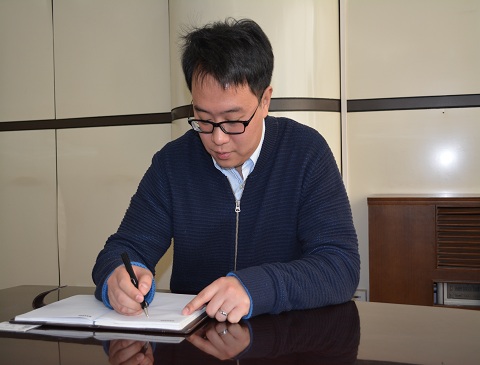Having warded mid-year that global PV equipment spending would shrink significantly in 2012, Solarbuzz has warned that the spending downturn period is expected to continue into 2013. Solarbuzz noted that PV equipment spending would reach US$13.1 billion this year, a new record, though down from a previous projection of US$14.2 billion, indicating the spending slowdown is already underway.
Solarbuzz noted that much of the spending growth in 2011 had been fuelled by an extra US$6 billion being spent by Tier 2 & 3 PV manufacturers in 2011, a key catalyst for the rapid fall and slow recovery, sometime in 2013.
“Aspirations of rapid market entry or market-share gains from lower tier cell manufacturers have been key factors behind the surplus in equipment spending during 2011,” stated Finlay Colville, Senior Analyst at Solarbuzz. “However, the second strong cycle of thin-film investments also peaked this year. This saw considerable funding being allocated to next-generation PV technologies.”
According to the market research firm, there has been strong year-on-year equipment spending growth of 21%. However, double-digit Q/Q revenue declines are now forecast between Q4’11 and Q2’12.
“The total addressable market for PV equipment today is heavily influenced by different investment motives and technology preferences, rather than capacity required under any rational supply-demand balance,” added Colville. “Forecasting the spending cycles associated with these motives and technologies throughout the different stages of the value-chains will be essential for tool suppliers over the next few quarters.”
Colville told PV-Tech that industry oversupply has effectively changed the efficiency landscape for c-Si cell manufacture, and many companies today are confronted with customer requests for cells above a certain efficiency threshold, citing the demand for multicrystalline cells with efficiencies as high as 16.6%.
“Unless production lines have been configured to enhance average cell efficiencies, the consequence can be a considerable portion of cells falling below market requirements, Colville told PV-Tech. “Super-multi or cast-mono wafer supply may provide this delta in the short-term, but ultimately if oversupply remains then the efficiency set-point will simply be raised. Retrofitting or upgrading cell lines with new technology buys is the only route to moving the average efficiency levels by 1-2 percentage points.
According to Solarbuzz, upgrade and replacement equipment revenues in 2012 are unlikely to provide much compensation to equipment suppliers as capacity buys had made up a significant portion of spending in 2011.
Similarly, technology inflection points that could drive upside in tool revenues are likely to be spread across a wide range of competing high-efficiency schemes being investigated today.
“Without any strong signs of a common industry technology roadmap, technology buys are very much on a case-by-case basis. Ownership of next generation concepts – and the tooling required to enable them in mass production – is perhaps more important these days than adopting a standard tool which can be widely accessed. The examples of Suntech with Pluto and Yingli with Panda capture this succinctly. While this implies no widespread adoption of new technology buys restricted to one or types of process tools, it does keep a diverse range of tool options open. And by default, many equipment suppliers continue to invest and promote potential future technology solutions,” added Colville.
Colville is therefore highly cautious on a quick rebound and also noted that his gloomy outlook is further impacted by the continued shakeout of uncompetitive PV cell manufacturers that will likely spread beyond Europe and North America during 2012.
- 第九届中国(无锡)国际新能源大会
-
 本届新能源大会以“新城镇、新能源、新生活”为主题,举办2017全球新能源产业峰会及“光伏+”跨界、绿色建筑、分布式市场营销等10场专业论坛,国家能源局新能源和可再生能源司...
本届新能源大会以“新城镇、新能源、新生活”为主题,举办2017全球新能源产业峰会及“光伏+”跨界、绿色建筑、分布式市场营销等10场专业论坛,国家能源局新能源和可再生能源司...














